
Robert Brent "Bob" Thirsk, is a Canadian engineer and physician, and a former Canadian Space Agency astronaut. He holds the Canadian record for the most time spent in space. He became an officer of the Order of Canada (OC) in 2013 and was named to the Order of British Columbia (OBC) in 2012.

Michael Landon Gernhardt is a NASA astronaut and manager of the Environmental Physiology Laboratory, and principal investigator of the Prebreathe Reduction Program (PRP) at the Lyndon B. Johnson Space Center.
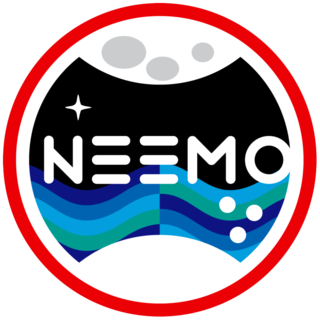
NASA Extreme Environment Mission Operations, or NEEMO, is a NASA analog mission that sends groups of astronauts, engineers and scientists to live in the Aquarius underwater laboratory, the world's only undersea research station, for up to three weeks at a time in preparation for future space exploration.

Shannon Walker is an American physicist and a NASA astronaut selected in 2004. She launched on her first mission into space on June 25, 2010, onboard Soyuz TMA-19 and spent over 163 days in space.
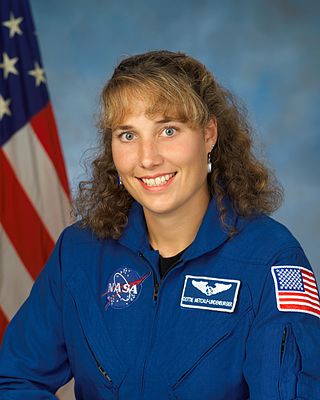
Dorothy Marie "Dottie" Metcalf-Lindenburger is a retired American astronaut. In 2000, she married Jason Metcalf-Lindenburger, a fellow Whitman College graduate and educator, from Pendleton, Oregon, and they now have one daughter together. She was a science teacher at Hudson's Bay High School in Vancouver, Washington when she was selected in 2004 as an educator mission specialist. Her parents are Joyce and Keith Metcalf, who reside in Fort Collins, Colorado. She was the first Space Camp alumna to become an astronaut.

Takuya Onishi is a Japanese astronaut selected for the Japan Aerospace Exploration Agency (JAXA) in 2009. He spent four months on board the International Space Station in 2016.

Kimiya Yui is a Japanese astronaut from the Japan Aerospace Exploration Agency (JAXA). He was selected for the agency in 2009.

David Saint-Jacques is a Canadian astronaut with the Canadian Space Agency (CSA). He is also an astrophysicist, engineer, and a physician.

Josef F. Schmid is a German-American physician, NASA flight surgeon and a major general in the United States Air Force Reserves. He served as an aquanaut on the joint NASA-NOAA NEEMO 12 underwater exploration mission in May 2007. On 8 October 2021 he became one of the first humans to be Holoported off the planet and into space, visiting the International Space Station by telepresence.
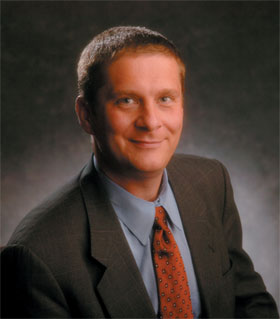
Timothy J. Broderick, F.A.C.S., is Professor of Surgery and Biomedical Engineering at the University of Cincinnati, where he has served on the faculty since 2003. He also serves as Chief of the Division of Gastrointestinal and Endocrine Surgery and is Director of the Advanced Center for Telemedicine and Surgical Innovation (ACTSI). He has flown on the NASA KC-135 parabolic laboratory and dived in the NASA Extreme Environment Mission Operations (NEEMO) program to develop advanced surgical technologies for long duration space flight.
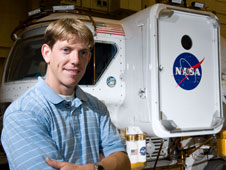
Andrew Frank Jorgensen Abercromby is a scientist and biomedical engineer who designs and tests spacesuit systems and exercise countermeasures for future exploration of the Solar System. He is employed by NASA as Lead of the Human Physiology, Performance, Protection & Operations (H-3PO) Laboratory at Johnson Space Center in Houston, Texas. As an aquanaut, Abercromby served as a member of the NASA Extreme Environment Mission Operations 14 crew. Abercromby has more than fifteen years of experience working in the Human Health and Performance (HH&P) and Engineering Directorates at the Johnson Space Center. He is married with two daughters.
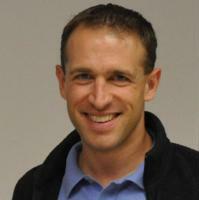
Christopher E. Gerty is an American aerospace engineer who worked on NASA's Constellation Program. Gerty is an advocate of NASA's Open Government Initiative and is a leading voice on the concept of participatory exploration and collaboration. He has fifteen years of experience working on complex, technology-intense projects at NASA. Gerty served as an aquanaut on the NASA Extreme Environment Mission Operations 13 crew.

William Laurence Todd is a Project Manager for Exploration Analogs at NASA's Johnson Space Center (JSC) in Houston, Texas. He has also served as a NASA Undersea Research Team Project Lead and Spaceflight Training Simulation Supervisor at NASA JSC. Todd is a veteran Aquanaut of 5 missions. In 2001, he commanded the first NASA Extreme Environment Mission Operations (NEEMO) mission, a joint NASA-NOAA program to study human survival in the Aquarius underwater laboratory in preparation for future space exploration.
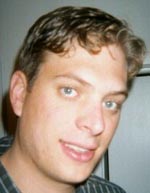
Jonathan Robert Dory is a Human Systems Integration Lead at NASA's Johnson Space Center (JSC) in Houston, Texas. He is Branch Chief of NASA's Habitability and Human Factors Branch, part of the Habitability and Environmental Factors Division at NASA/JSC. Dory supports crew safety and productivity on the International Space Station (ISS) Program by planning and assessing the on-orbit interior configuration of ISS, as well as performing anthropometric analysis of crew tasks. He contributes to the integrated operation of the Space Station while using 3D computer graphics and animation software as part of his daily work. In July 2002, Dory served as an aquanaut on the NASA Extreme Environment Mission Operations 3 crew.
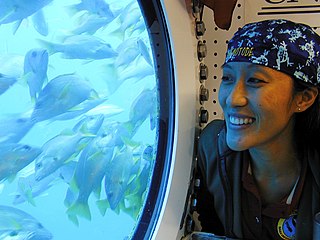
Emma Y. Hwang is a scientist with Wyle Laboratories. She served as an aquanaut on the NASA Extreme Environment Mission Operations 5 crew in June 2003.

Tara Melaine Ruttley is Associate Chief Scientist for Microgravity Research at NASA Headquarters in Washington, DC. Prior to this, she was Associate Program Scientist for the International Space Station (ISS) at NASA's Johnson Space Center in Houston, Texas. Until 2007, she was lead hardware engineer for the ISS Health Maintenance System, leading a team of engineers whose job was to provide reliable medical equipment that kept astronauts healthy in orbit. She subsequently served as the lead hardware engineer for the ISS Human Research Facility. She served as an aquanaut on the NASA Extreme Environment Mission Operations 6 crew in July 2004.

Dewey Dewayne Smith was an underwater diver, former United States Navy medic and professional aquanaut. He died during a dive from the Aquarius underwater habitat off Key Largo in May 2009. A subsequent investigation determined that multiple factors combined to cause the accident.

James Raymond Talacek is an American professional aquanaut with the University of North Carolina Wilmington (UNCW). He serves as Oceanographic Field Operations Manager at Aquarius Reef Base, the world's only undersea research laboratory.

Justin Brown is an American professional aquanaut with the University of North Carolina Wilmington (UNCW). He serves as a habitat technician at Aquarius Reef Base, the world's only undersea research laboratory.

Hervé Stevenin is a European aquanaut leading ESA Neutral Buoyancy Facility Operations and the EVA Training Unit at the European Astronaut Centre (EAC) in Cologne, Germany. He served as an aquanaut on the NASA Extreme Environment Mission Operations 19 crew.





















